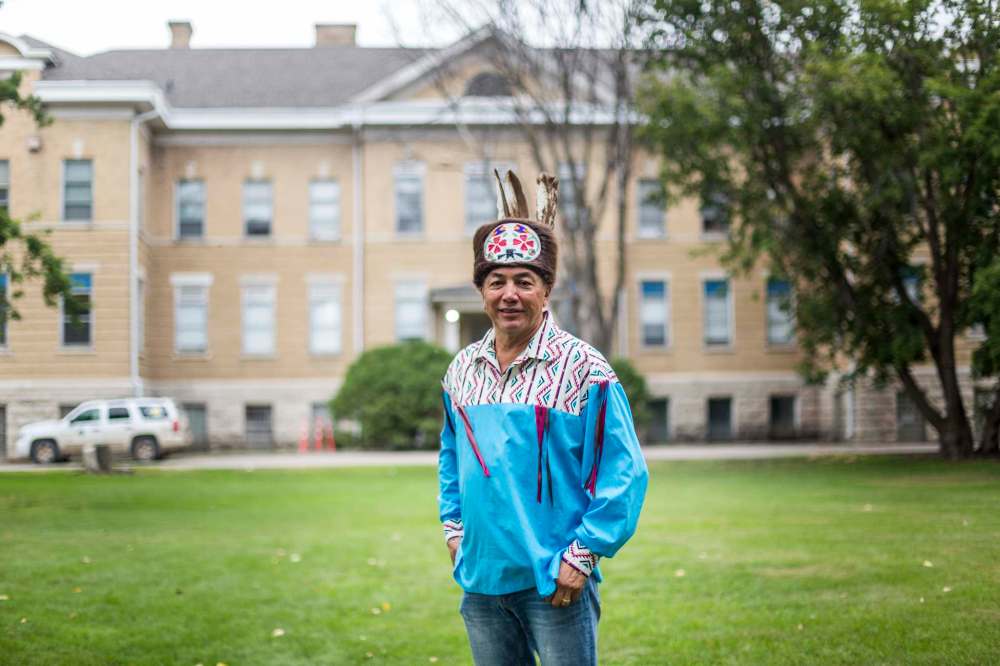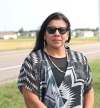Long Plain searches for graves before building
Advertisement
Read this article for free:
or
Already have an account? Log in here »
To continue reading, please subscribe:
Monthly Digital Subscription
$0 for the first 4 weeks*
- Enjoy unlimited reading on winnipegfreepress.com
- Read the E-Edition, our digital replica newspaper
- Access News Break, our award-winning app
- Play interactive puzzles
*No charge for 4 weeks then price increases to the regular rate of $19.00 plus GST every four weeks. Offer available to new and qualified returning subscribers only. Cancel any time.
Monthly Digital Subscription
$4.75/week*
- Enjoy unlimited reading on winnipegfreepress.com
- Read the E-Edition, our digital replica newspaper
- Access News Break, our award-winning app
- Play interactive puzzles
*Billed as $19 plus GST every four weeks. Cancel any time.
To continue reading, please subscribe:
Add Free Press access to your Brandon Sun subscription for only an additional
$1 for the first 4 weeks*
*Your next subscription payment will increase by $1.00 and you will be charged $16.99 plus GST for four weeks. After four weeks, your payment will increase to $23.99 plus GST every four weeks.
Read unlimited articles for free today:
or
Already have an account? Log in here »
Hey there, time traveller!
This article was published 02/06/2021 (1649 days ago), so information in it may no longer be current.
OTTAWA — The federal government is offering millions of dollars to Indigenous governments to search their land for unmarked graves of children, but some Manitoba communities have already spent considerable time and money to look for burial sites.
“There have been ongoing concerns about the possibility of graves that exist in the area,” Long Plain Chief Dennis Meeches said.
“We made the decision last year that any new work we do, whether it’s housing developments or businesses, we would undertake ground-sensory work, for ease of mind.”

The reserve, near Portage la Prairie, decided a year ago to search all ground it builds on because elders say their former classmates are probably buried nearby. It involves having trained teams scan the ground using radiowaves to reveal the presence of bones.
Canadians have been shocked since the discovery of an unmarked burial ground containing the remains of 215 children in Kamloops B.C. last week. On Wednesday, the Trudeau government pledged to fast-track funding, originally meant to commemorate sites, to instead be used to conduct ground searches.
“It will be distributed on an urgent basis,” Crown-Indigenous Relations Minister Carolyn Bennett said, in response to questions from the Free Press.
The $27 million is the unspent part of a $33.8-million fund announced in spring 2019; the rest supports the National Centre for Truth and Reconciliation in Winnipeg. That cash was meant for historical research and commemorations, but has been reallocated to fund research and “accessing professional archeological investigation services to identify and delineate burial sites.”
The Assembly of Manitoba Chiefs said it has demanded such funding for years, but the Trudeau government could not explain why money hasn’t been available.
“The engagement we’ve done over the past year has explained what that program needs to look like,” Bennett said.
The federal government published a new email address Wednesday for Indigenous groups that want information on the process, but has not posted any criteria or the application process.
The National Centre for Truth and Reconciliation joined prominent academics by calling on Ottawa to set standards for searches so evidence can be documented and used in criminal trials.
In Manitoba, work has already been undertaken to detect graves at residential schools. For example, the Elkhorn school, 95 kilometres west of Brandon, has a cemetery with crosses and a plaque that was placed in the 1990s, after ground-radar work identified a gravesite on the outskirts of the town.
“There had been an effort to try and identify the graves,” said Kevin Tutthill, a local whose parents worked as support staff at the Anglican school, which operated from 1889 to 1949.
Tutthill’s family kept in touch with some of the school’s former pupils, and organized a reunion in the 1980s.
The commission has documented 26 deaths at the Elkhorn school, and a 1895 fire that destroyed a girls dormitory. The commission heard that northern bands had complained about living conditions at the school in its last two decades.
At Sandy Bay, the band is pondering efforts to search for bodies near the residential school. The commission documented sexual abuse, poor nutrition and runaways at that school, which operated from 1905 to 1970.
“Lots of people didn’t make it home,” said councillor Jason Starr, whose parents and grandparents attended the school.
“We live with it on a daily basis,” he said.
“We’ve got to not forget about the past, in order to move forward.”
Residents on other reserves, such as Sagkeeng, have placed shovels in the ground with orange shirts, a symbol of residential schools, to symbolize the need to search the ground for remains.
Dan Vandal, a Manitoba MP who is in Trudeau’s cabinet, said Manitobans should expect more unmarked graves to be revealed as Indigenous communities conduct searches.
“There are going to be more of these, and I think it’s important that we are listening to communities and walking at their pace,” said Vandal, the MP for St. Boniface-St. Vital.
Back at Long Plain, Meeches said his band will apply for federal funding to undertake a thorough search of the grounds near the school.
The band took over the school in 1981 and converted it to a museum which has since been deemed a national historical site. Documentation doesn’t give a clear sense of where children were buried, despite at least five deaths documented at the school.
“Residential schools were notorious places; their purpose was really to impact harm on Indigenous people, especially our children, the most vulnerable,” said Meeches, who was disturbed by the news out of Kamloops.
“Hopefully there is a sense of urgency with Canada, to help Indigenous governments to bring some closure here.”
dylan.robertson@freepress.mb.ca
History
Updated on Thursday, June 3, 2021 11:36 AM CDT: Corrects reference to unmarked burial ground.
Updated on Monday, June 7, 2021 1:52 PM CDT: Adds list of residential schools





.jpg?w=100)

